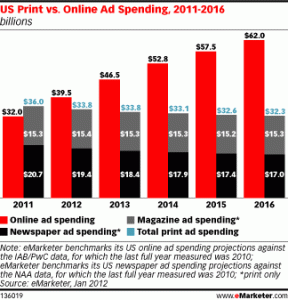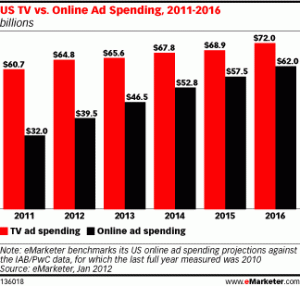The definition:
“Internet Marketing also refered to as web marketing, online marketing, emarketing, social marketing or new media marketing is the marketing of the products & services on the internet platform.”
Let’s see how it all started!
Internet Marketing today has become an integral part of people’s lives.When internet was first introduced not a single business house recognized the huge potential it had in store as a marketing tool. As early as 1993 it was just a tool used for emailing & data transfer. The best of the business units had declared it unfit for marketing purposes.
Then in 1995 Netscape the ISP went public and bought the online world into prominence by exploring its commercial potential. The wide reach, cost effectiveness, capabilities to measure the spending and easy accessibility made internet as the most feasible marketing tool.
The flood-gates opened after that:
Spending on Internet advertising in 1996 totaled $301 million in the U.S. While significant compared to the zero dollars spent in 1994, the figure paled in comparison to the $175 billion spent on traditional advertising as a whole that year. Online advertising grew to an industry worth nearly $1 billion in 1997.
Today, the latest study by emarketer says that the online marketing spend in the US will reach $40 billion this year and is going to cross the traditional print spend which is projected to be about $33.8 billion.

On the other hand the ad spend on the TV is not greatly affected by this and seems like it will keep its top spot for few more years to come.
